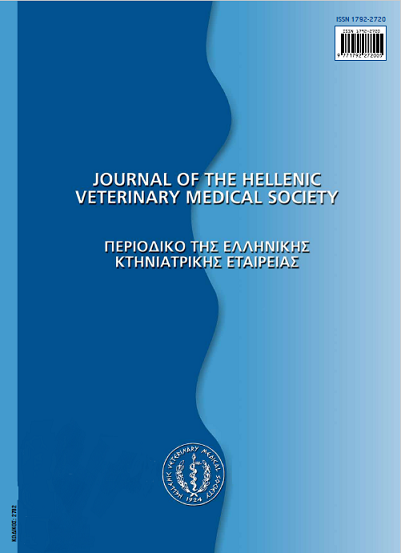Antimicrobial resistance profile and resistance genes of Vibrio species isolated from giant freshwater prawn (Macrobrachium rosenbergii) raised in Iran

Abstract
Because of raising of large-scale high density prawn aquaculture techniques, production of this prawn worldwide is facing a serious threat from fatal diseases caused by nodaviruses and bacteria, particularly from the Vibrio species. The development of antibiotic resistance by Vibrio represents a potential threat to human health by exchange of resistant genes to human pathogens through food chain. This study aimed to determine antibiotic resistance profile of Vibrio isolates from giant fresh water Prawns (Macrobrachium rosenbergii) raised in Iran and to detect some antibiotic resistance genes in the isolates. A total of fifty giant fresh water prawns were processed for isolation of Vibrio species during February 2015 to August 2015. Identification of Vibrio isolates was done following standard biochemical methods. Phenotypic resistance of the isolates as determined by agar dilution method while polymerase chain reaction (PCR) method was used to detect the presence of erm, tetS, strA and sul2 genes in the isolates. Out of 50 prawns, 31 (62%) isolates of Vibrio spp. were reported, of which 20 (40%) were identified as V. parahaemolyticus, 10 (20%) were V. vulnificus and 1 (2%) were V. cholera. Over 90% of the tested strains showed susceptibility to SXT, AZM and NIT. In addition, strA and tetS genes were detected in all isolated Vibrio species. StrA gene was identified in 6 V. parahaemolyticus strains and also ermB and sul2 genes were not present in the isolate of V. cholera. The occurrence of multidrug resistance strains in the environment could be an indication of excessive usage of antibiotics in agriculture and aquaculture fields. This study has shown that giant freshwater prawns raised in Iran habour multidrug resistant Vibrio species.
Article Details
- How to Cite
-
SHAKERIAN, A., BARTON, M. D., AKINBOWALE, O. L., & KHAMESIPOUR, F. (2018). Antimicrobial resistance profile and resistance genes of Vibrio species isolated from giant freshwater prawn (Macrobrachium rosenbergii) raised in Iran. Journal of the Hellenic Veterinary Medical Society, 68(1), 79–88. https://doi.org/10.12681/jhvms.15566
- Issue
- Vol. 68 No. 1 (2017)
- Section
- Research Articles

This work is licensed under a Creative Commons Attribution-NonCommercial 4.0 International License.
Authors who publish with this journal agree to the following terms:
· Authors retain copyright and grant the journal right of first publication with the work simultaneously licensed under a Creative Commons Attribution Non-Commercial License that allows others to share the work with an acknowledgement of the work's authorship and initial publication in this journal.
· Authors are able to enter into separate, additional contractual arrangements for the non-exclusive distribution of the journal's published version of the work (e.g. post it to an institutional repository or publish it in a book), with an acknowledgement of its initial publication in this journal.
· Authors are permitted and encouraged to post their work online (preferably in institutional repositories or on their website) prior to and during the submission process, as it can lead to productive exchanges, as well as earlier and greater citation of published work.


